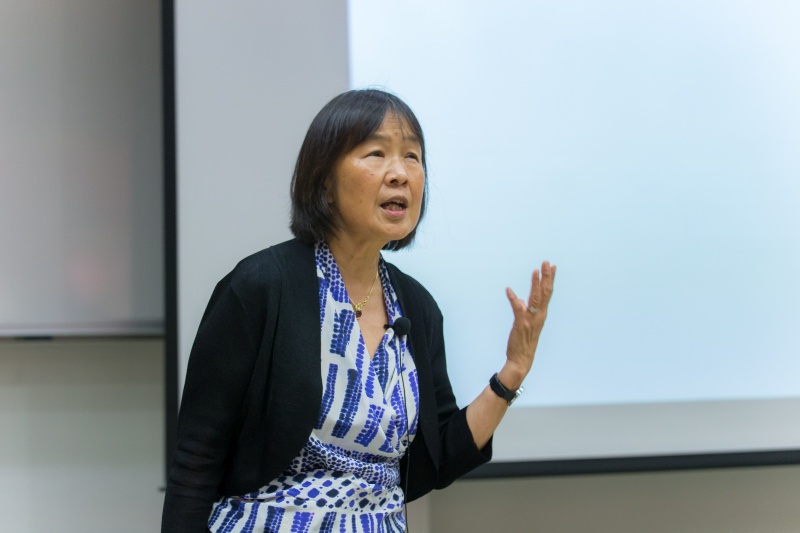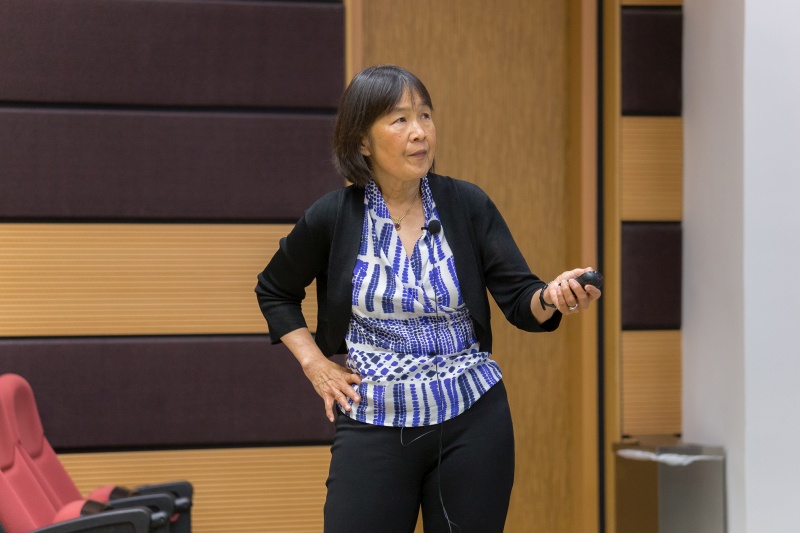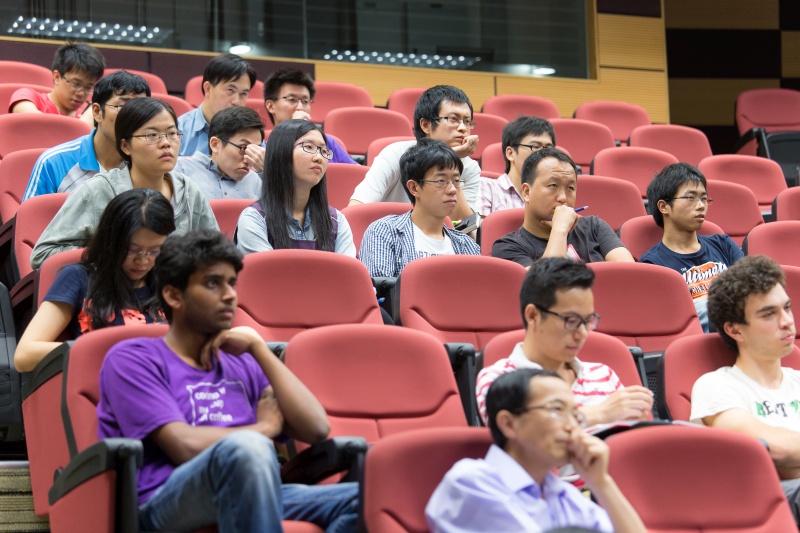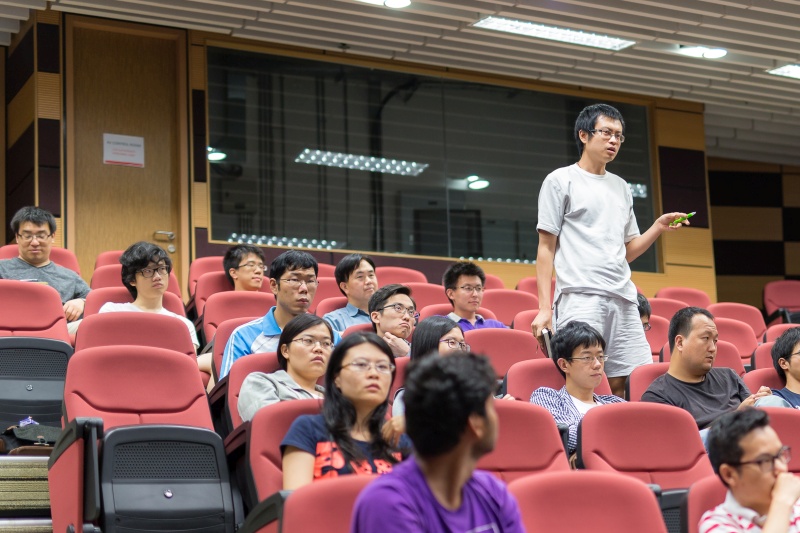Subtleties of Structure in the Gain Medium: Low Threshold InGaN Lasers with Quantum Dots, Quantum Wells and in between
Abstract
The ability to fabricate laser cavities with dimensions in the range of 100’s of nanometers provides enormously greater sensitivity in understanding the real limitations to ultra-low threshold lasing. Such micro- and nanocavity lasers also allow greater insights into the role of the structure of the gain medium.
For example, quantum dot structures have promised much lower thresholds than quantum wells, because of their distinctive density of electronic states. However, this promise has not been realized. This work seeks to better understand the reasons for these limitations through a comparative study of lasing thresholds in microdisk cavities with varying gain media including InGaN quantum wells, fragmented quantum wells, and a combination of fragmented quantum wells with quantum dots. The results of these studies not only provide better understanding of lasing in nitride-based quantum dot cavity systems, but also shed insight into the more fundamental issues of light-matter coupling in such systems.
About the speaker
After receiving her PhD in Physics from Columbia University, Prof. Evelyn Hu worked at AT&T Bell Laboratories from 1975 to 1984. She was Professor in the Departments of Electrical & Computer Engineering, and Materials at the University of California, Santa Barbara from 1984-2008. She served as the scientific co-director of the California NanoSystems Institute, a joint initiative at UCSB and the University of California, Los Angeles. She is currently the Tarr-Coyne Professor of Applied Physics and Electrical Engineeringg in Harvard's School of Engineering and Applied Sciences.
Prof. Hu’s research focuses on high-resolution fabrication of compound semiconductor electronic and optoelectronic devices, candidate structures for the realization of quantum computation schemes, and on novel device structures formed through the heterogeneous integration of materials. She has also developed biological approaches to the formation of electronic and photonic materials.
Prof. Hu is a Member of the US National Academy of Sciences, US National Academy of Engineering, the American Academy of Arts and Sciences, the Academia Sinica of Taiwan, and the JASON Project. She is also a Fellow of the IEEE, the American Physical Society, and the American Association for the Advancement of Science. She has been a recipient of an NSF Distinguished Teaching Fellow award and an AAAS Lifetime Mentor Award, and holds an honorary Doctorate of Engineering from the University of Glasgow.











